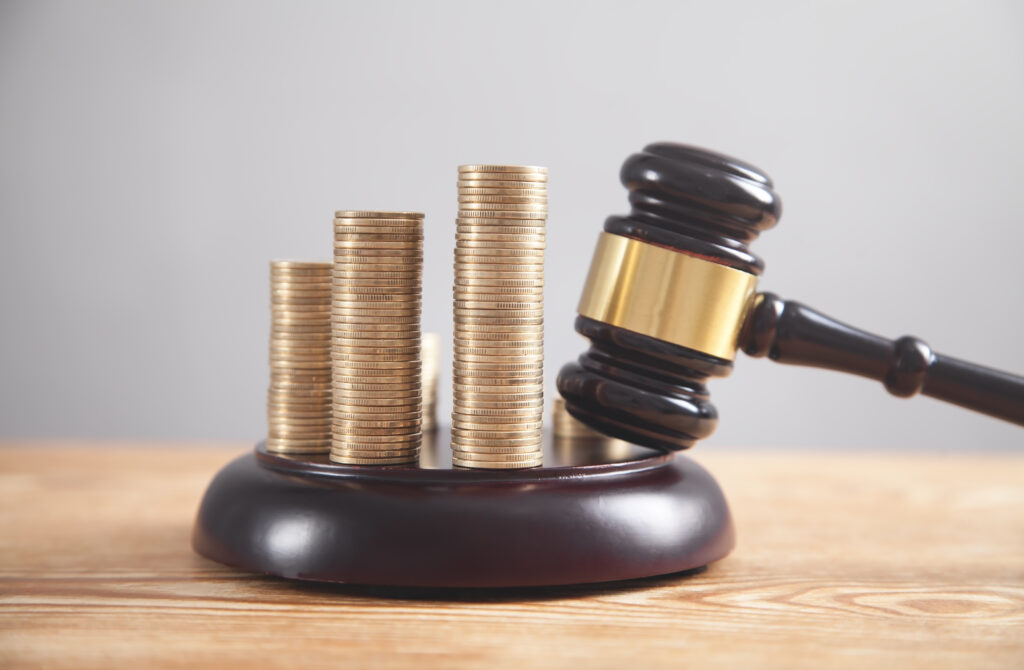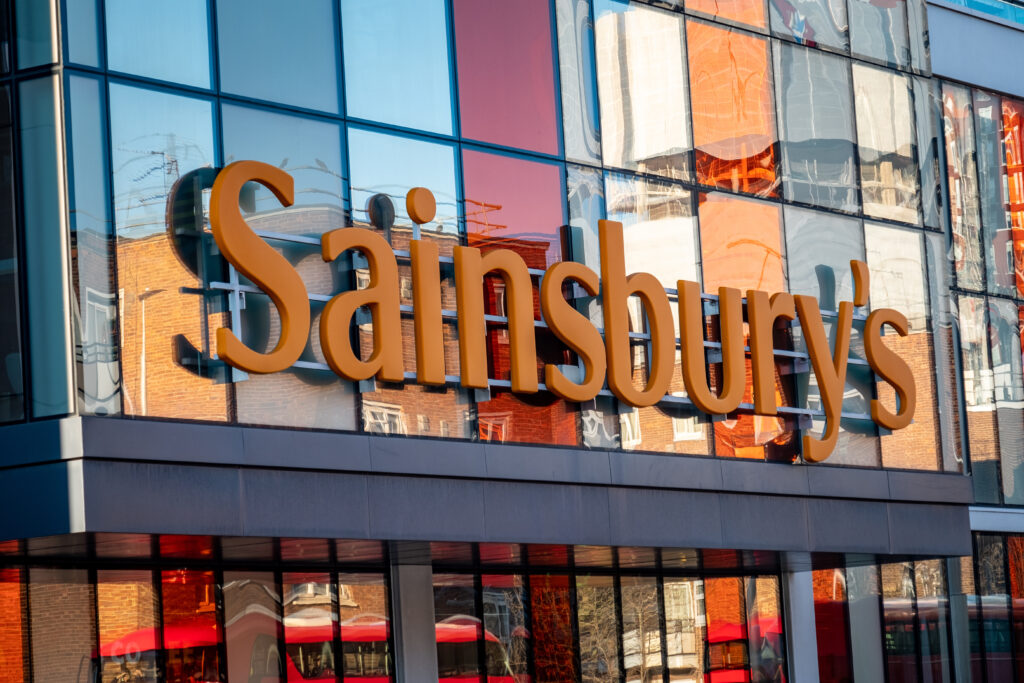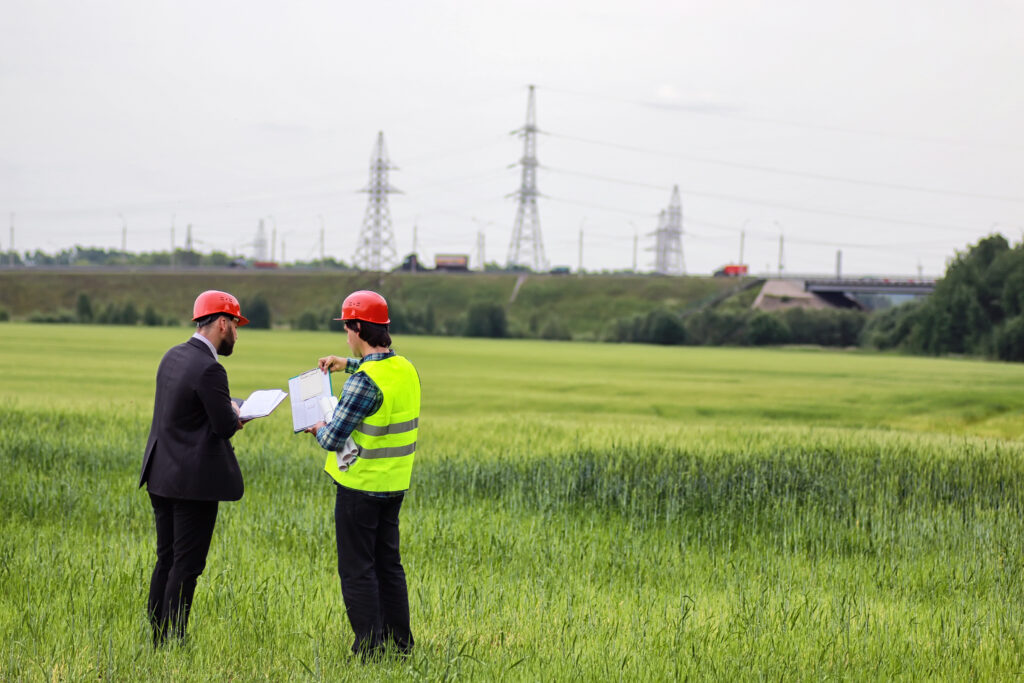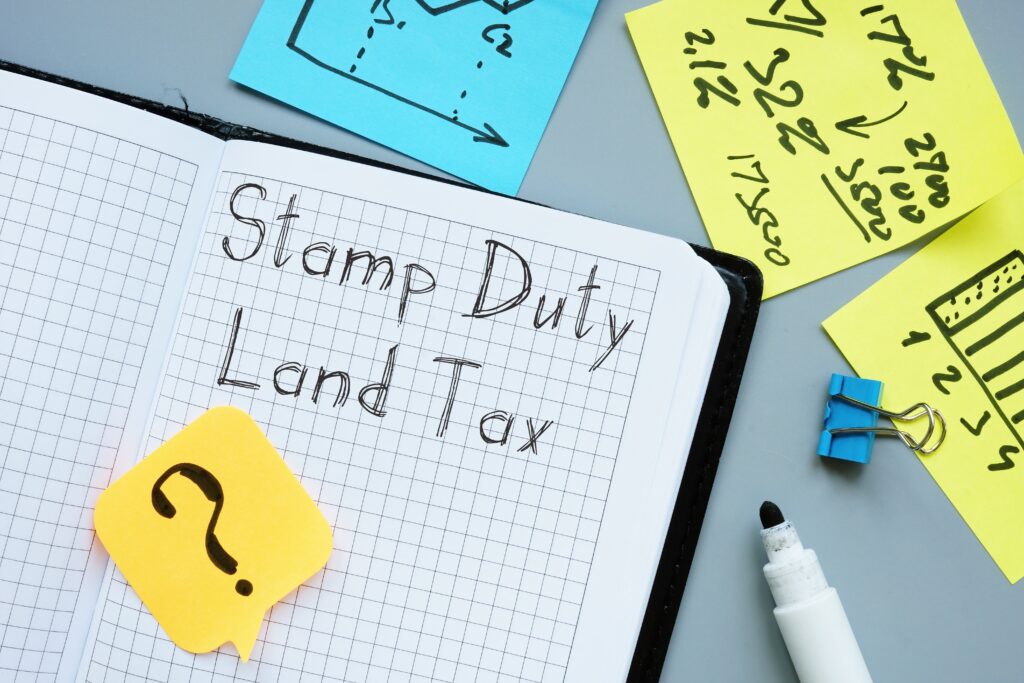A full repairing and insuring lease (“FRI Lease”) is a lease in which the tenant takes on all of the costs for repairs and insurance for the property being leased from the landlord. This article focuses on the repairing elements of an FRI lease. The requirement for repair of the premises applies even if the property is in a poor state of repair to begin with!
That statement can be a surprise to many people. The common misconception is that a tenant only has to give the property back in the same condition in which they took it. This is not the case. By entering into an FRI lease the tenant takes on complete responsibility for repairs, even if:
- that tenant was not responsible for the state of repair of the premises from the outset of the lease, or
- if the disrepair already existed when the lease was granted.
If there are any doubts as to the condition of the property, a tenant should therefore obtain an independent survey on the property. Such a survey report can act as a bargaining tool for the tenant in the negotiation of the lease terms, or it can be used as proof of the state and condition the property at the start of the term. This can create a “Schedule of Condition” to be attached to the lease. The better the schedule, the better the potential safeguard against future dilapidation claims from the landlord.
The definition given to “the property” in a lease is also crucial because this will detail the extent of the property that a tenant is responsible for. For instance, is the lease an internal only demise or does the tenant have responsibility for the whole structure? If the latter applies, the condition of the roof may be a big concern, for example. This is especially relevant to a lease of an old industrial building. It such situations it may be possible to negotiate with the landlord for the roof to be excluded from the repairing obligation in the lease and thereby saving that future cost to the tenant.
Complying with the repairing obligations within a FRI lease on an ongoing basis is one of the biggest liabilities for any tenant and this liability doesn’t end just because the lease does.
As the lease approaches its end or even after the term has ended, a landlord will inspect a property to serve a terminal schedule of dilapidations on the tenant.
This schedule lists all items of disrepair in the property and will quantify the cost of carrying out the repairs, including a calculation of lost rent for the period during which the repairs are carried out. The landlord’s intention will be to agree a payment in lieu of repairs and it is not unusual for this figure to be very, very high! At this stage, professional advice is advised and clearly, the more you considered your obligations at the beginning of your lease, the better placed you will be when it comes to discussing the schedule of dilapidations.
For specific legal advice on a commercial lease and any other Landlord and Tenant issues, please contact our real estate team.








